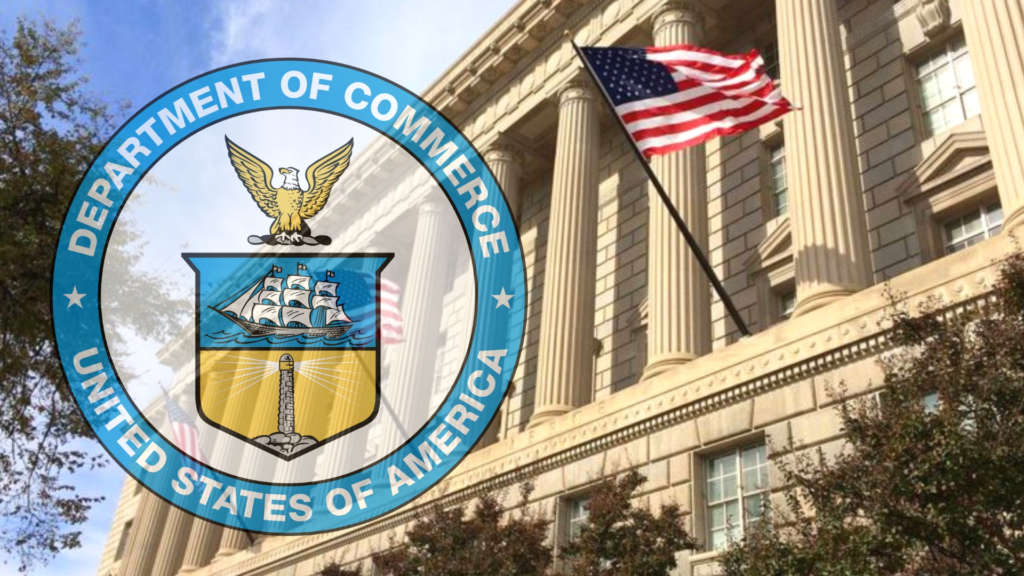WASHINGTON — What if the human body could use its own blood to repair itself? It’s a relatively new type of pain therapy doctors say has great potential.
The procedure begins with drawing blood, usually from the patient’s arm. The blood is then put into a centrifuge to spin it into plasma with a high concentration of platelets, which is then injected into the site of the pain.
Researchers at the Hospital for Special Surgery in New York say platelet-rich plasma has great potential. They studied patients with early-onset osteoarthritis, using MRIs to track their recovery six months and one year after their initial treatments.
They say in at least 73 percent of the cases, the platelet-rich plasma stopped the advance of the disease. And they predict that someday this therapy will make knee replacements obsolete.
Dr. Bryan Murtaugh, a rehabilitation specialist with the Medstar National Rehabilitation Network, won’t go quite that far. But he does say platelet-rich plasma holds a lot of promise.
Murtaugh emphasizes that no long-term studies have been done, and there’s no way of knowing whether patients who get platelet-rich plasma therapy will need it again and again.
Still, while it may not supplant knee replacements, he says, “in the future there could be some potential to delay joint replacement.”
Murtaugh says the therapy is being used by doctors around the region, and that he has tried it with some of his patients who had no relief from other treatment options, such as physical therapy and various pain medications.
He says one of the big benefits is the use of your own cells.
“You use your own cells to help repair other cells or cells that have a disease process going on,” he says.
“You don’t have the potential side effects that you might have with a foreign substance.”
Murtaugh’s seen a good response from his patients. They have experienced less pain and seen improved function after getting the injections.
But there is one big drawback.
“Typically, it is not covered by insurance and [is] paid out of pocket,” says Murtaugh.
That may change once additional research provides concrete evidence of long-term improvement. The American Academy of Orthopedic Surgeons says that although platelet-rich plasma does appear to be effective in the treatment of tennis elbow, the medical community still needs more proof that it is truly effective in treating other conditions.
The AAOS says that until then, few insurance plans will provide reimbursement.
Follow @WTOP and @WTOPliving on Twitter and WTOP on Facebook.













